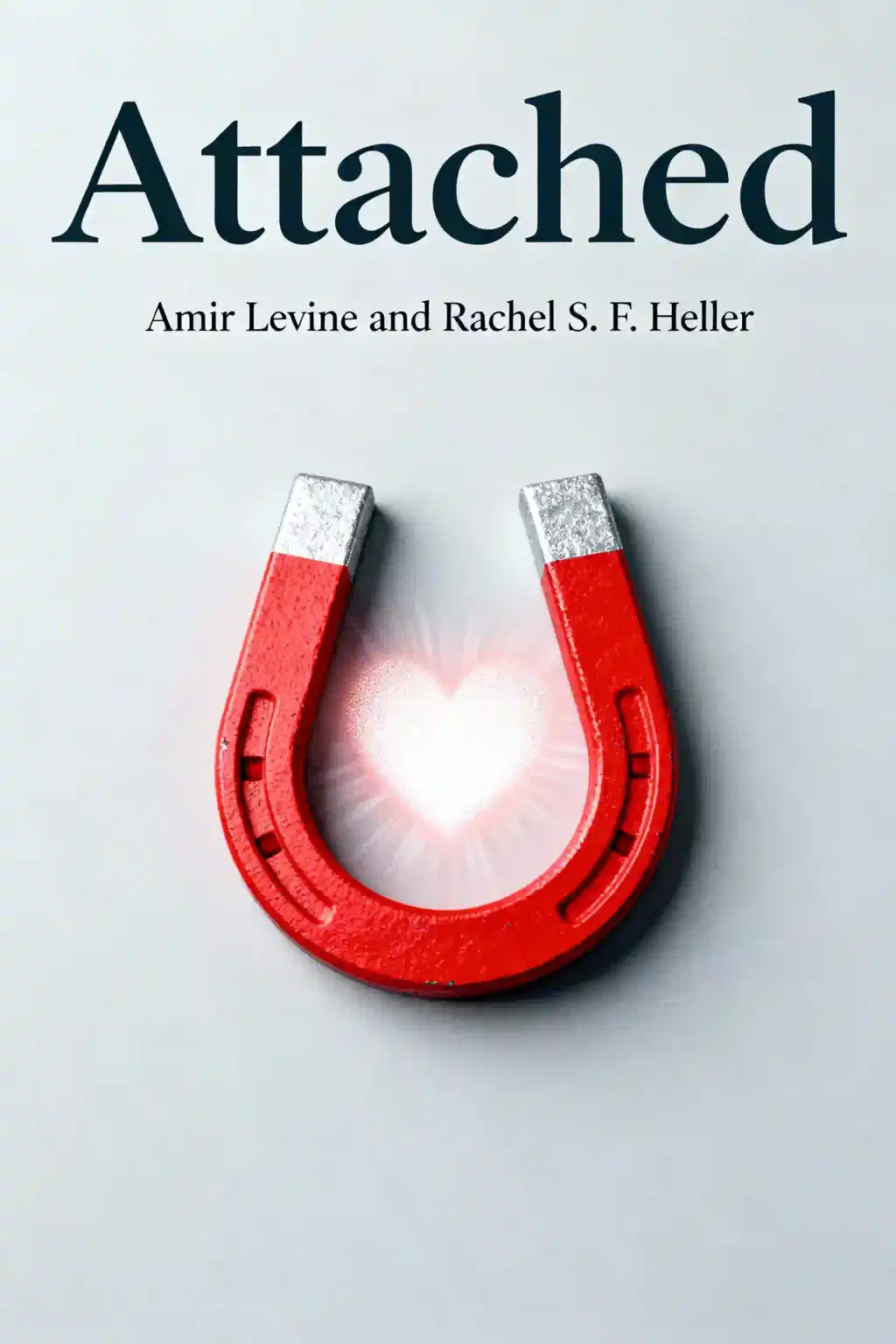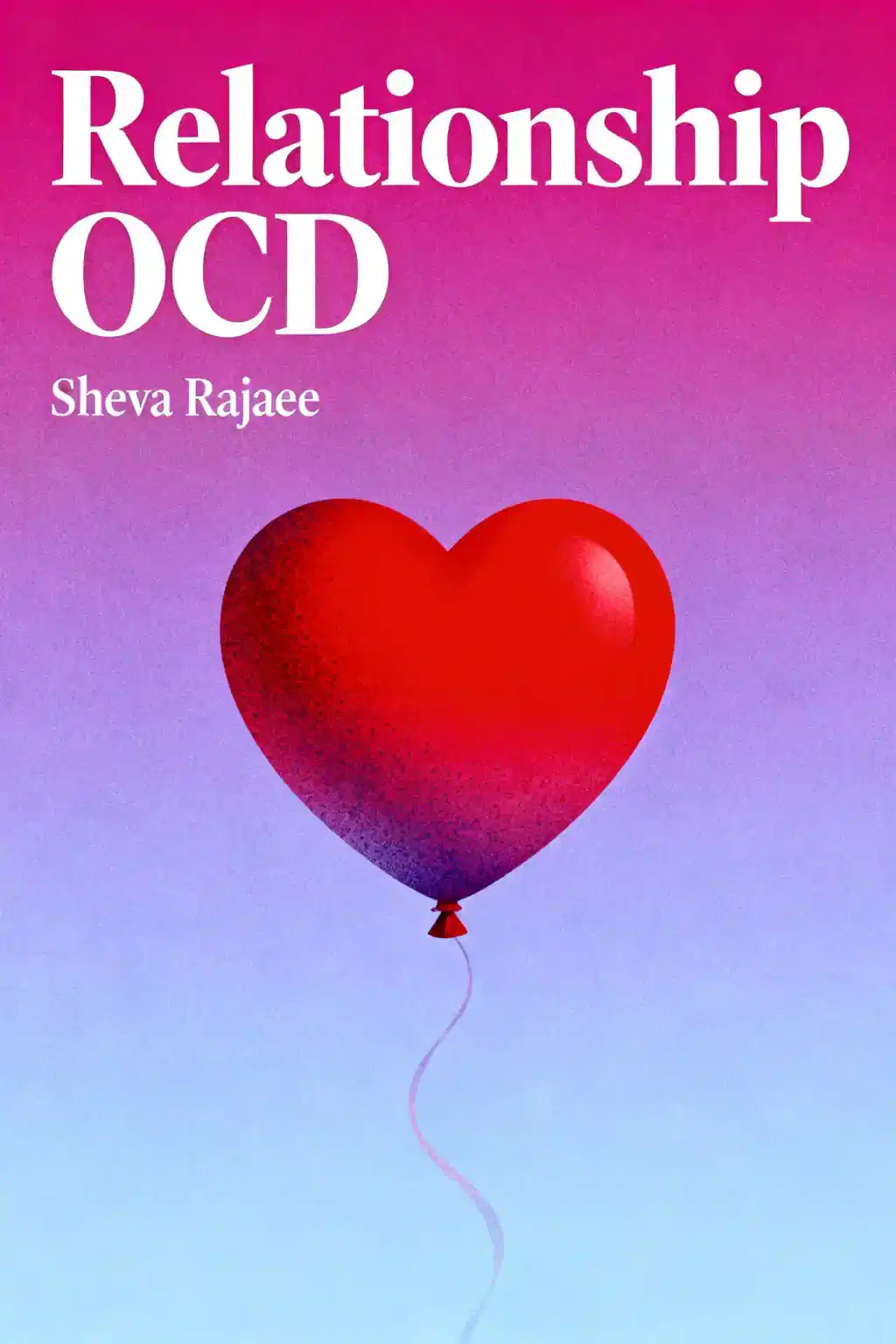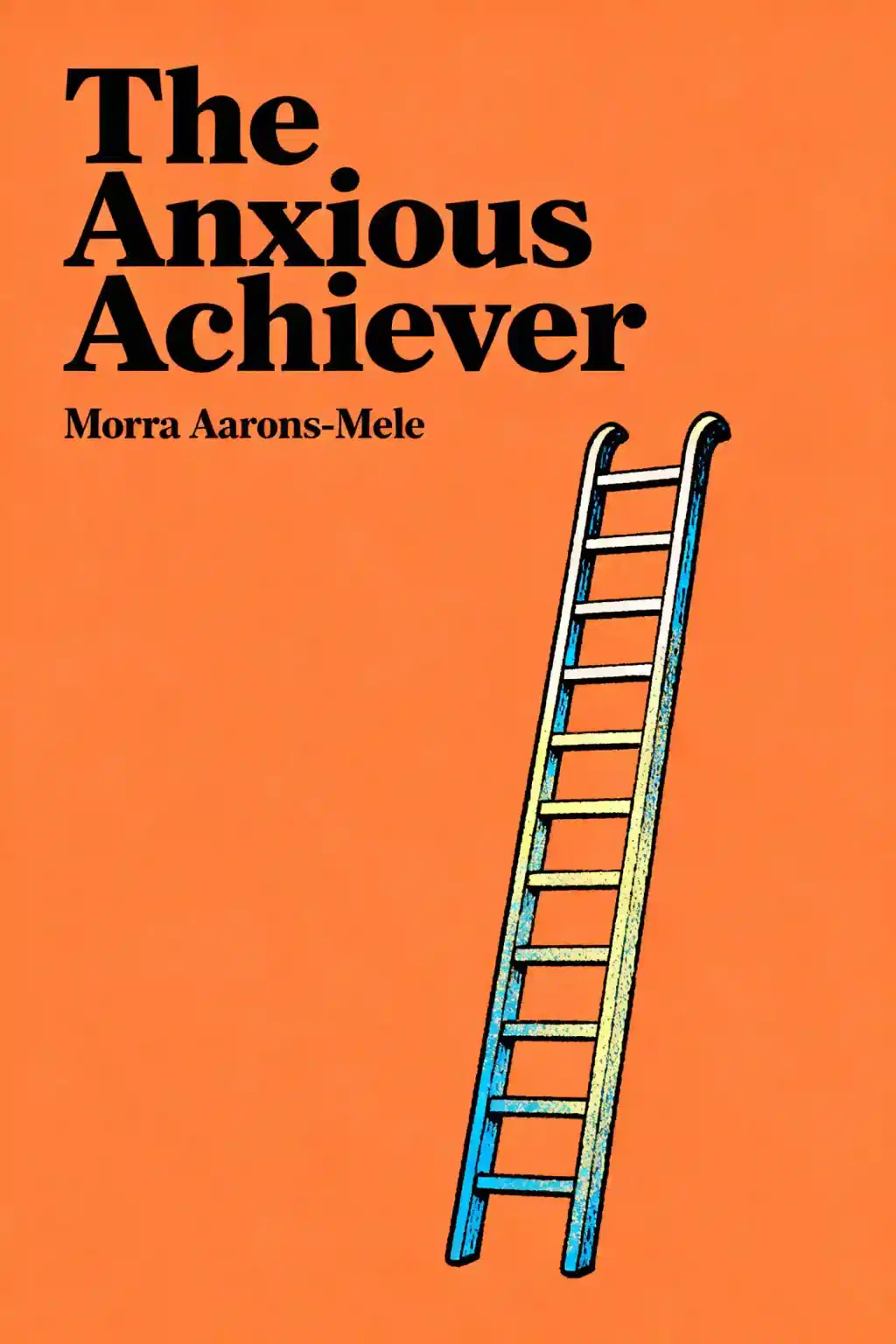
Anxiously Attached by Jessica Baum Summary
Overview of Anxiously Attached
"Anxiously Attached" reveals how 47 million Americans struggle with anxious attachment. Jessica Baum's revolutionary Self-full Method offers science-backed strategies for creating secure relationships. What if the key to love isn't finding the right person, but becoming the right person for yourself first?
Similar books to Anxiously Attached
Feel the book through the author's voice
Turn knowledge into engaging, example-rich insights
Capture key ideas in a flash for fast learning
Enjoy the book in a fun and engaging way
Key takeaways
The Anxious Heart: Understanding Your Attachment Blueprint
Have you ever found yourself obsessively checking your phone for a text back, feeling waves of panic when your partner needs space, or sacrificing your own needs to keep someone close? This isn't weakness or neediness-it's your attachment system at work. We're biologically wired for connection from our very first breath. When caregivers respond inconsistently to a child's needs-sometimes attentive, sometimes distant-anxious attachment develops. The child learns that love is unpredictable and becomes hypervigilant about potential abandonment. This pattern follows us into adulthood, where it shapes our romantic relationships in profound ways. Research shows about 25% of people have anxious attachment, while 19% are avoidant (those who flee from intimacy) and 56% secure (those who balance connection and independence comfortably). Interestingly, anxious and avoidant people often find themselves magnetically drawn to each other, creating a painful dance where one partner desperately seeks connection while the other pulls away in fear. What makes this pattern so difficult to break is that it operates below conscious awareness. When your partner doesn't text back, your rational mind knows they're probably just busy, but your body enters full fight-or-flight mode-heart racing, thoughts spiraling, and rational thinking shutting down as your nervous system prepares to fight for connection or flee from rejection.
The Little Me Pact: How Childhood Shapes Adult Love
The Anxious-Avoidant Dance: A Painful Tango
Becoming Self-Full: The Heart of Healing
Healing Your Little Me from the Inside Out
From Selfless to Self-Full: Finding Your Center
The Transformational Power of Love
Quick Summary Mode - Read or listen to Anxiously Attached Summary in 8 Minutes
Break down key ideas from Anxiously Attached into bite-sized takeaways to understand how innovative teams create, collaborate, and grow.
Flash Card Mode - Top 6 Insights from Anxiously Attached in a Nutshell
Distill Anxiously Attached into rapid-fire memory cues that highlight Pixar’s principles of candor, teamwork, and creative resilience.

Fun Mode - Anxiously Attached Lessons Told Through 22-Min Stories
Experience Anxiously Attached through vivid storytelling that turns Pixar’s innovation lessons into moments you’ll remember and apply.
Personalize Mode - Read or listen to Anxiously Attached Summary in 0 Minutes
Ask anything, pick the voice, and co-create insights that truly resonate with you.

From Columbia University alumni built in San Francisco

Get the Anxiously Attached summary as a free PDF or EPUB. Print it or read offline anytime.











